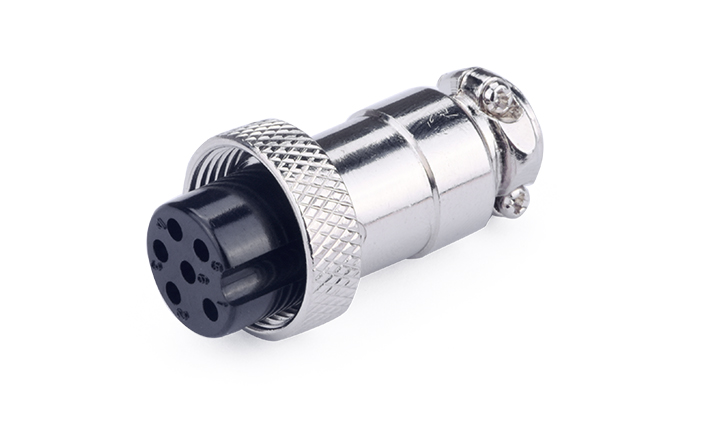What are the connection types of industrial connectors
Regarding industrial connectors, it should be familiar to its practitioners. Compared with traditional connection equipment, industrial connectors have many advantages, such as being tougher, stronger, and more resistant. So do you know what are the connection forms of industrial connectors? The following will focus on the connection forms of industrial connectors. We hope that you will have a deeper understanding of industrial connectors through our introduction.
The connection forms of industrial connectors to be introduced today are plug, cabinet, thread, and bayonet respectively. The details are as follows:
1. Plug-in connection: Plug-in connection is a multi-purpose connection form. The connection or separation of the plug and the socket of the connector does not need to be twisted or rotated, and its movement is a linear motion, so the working space does not need to be too large to complete the connection and separation. The plug-in connection has two structures: ball and pin. Because this connection method does not have a mechanical labor-saving mechanism, if you make a mistake in operation, you will feel a significant increase in mechanical resistance and can be found in time.
2. Cabinet connection method: This connection method is suitable for electrical connectors on some equipment that is close to the frame and needs to be connected blindly. It can make electrical equipment very light and small, and easier to maintain. In this connection form, the operator cannot feel the connection, so a precise positioning device is needed to avoid forcibly connecting industrial electronic connectors together. The cabinet connection method usually adopts floating or elastic contact design structure to ensure the correct connection.
3. Threaded connection: It is often used for connection between some large-sized contacts or original parts in a working environment with strong vibration. This type of connection can install a fuse to prevent loosening after the connection is completed, which is more stable and reliable, but the connection and disconnection speed is slow.
4. Bayonet connector: This connector is a reliable and rapid form of connection and separation. Most bayonet connectors have a visual display of correct connection and locking, which can be observed directly from the small hole on the side of the connector nut, which is more convenient for installation.
